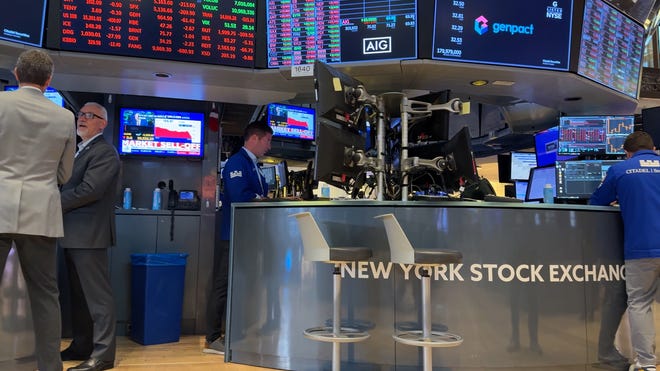Concerns that the United States soon may be facing a recession have surfaced in recent days in part due to a jump in the national unemployment rate.
But economists differ on whether the risk of a recession in the next 12 months due to current market conditions is valid, or “overblown.” That was the word that Scott Wren, senior global market strategist at Wells Fargo, used to describe recession fears to USA TODAY.
“It’s not time to panic here,” he said.
As Wells Fargo economists said they expect an economic slowdown, Goldman Sachs Group on Sunday raised the probability of a recession within the next year from 15% to 25% but see the risk as “limited,” Bloomberg reported.
Recession fears have led to a drop in the U.S. markets on Monday.
But what exactly is a recession. Here are a few terms to help you navigate reports of a slowing economy, and how you can prepare for a recession at any time.
What is the Sahm rule?
The Sahm Rule, named after former Federal Reserve economist Claudia Sahm describes a measure that says if unemployment based on a three-month average rises by at least a half percentage point over the past 12 months, the nation is likely in a recession.
The rule has correctly predicted all U.S. recessions since the 1970s.
A July jobs report revealed employers added 114,000 jobs, lower than expected, and that the unemployment rate rose from 4.1% to 4.3%. In doing so, it triggered the Sahm rule. The economist did say to Bloomberg Television that while “it…



























































